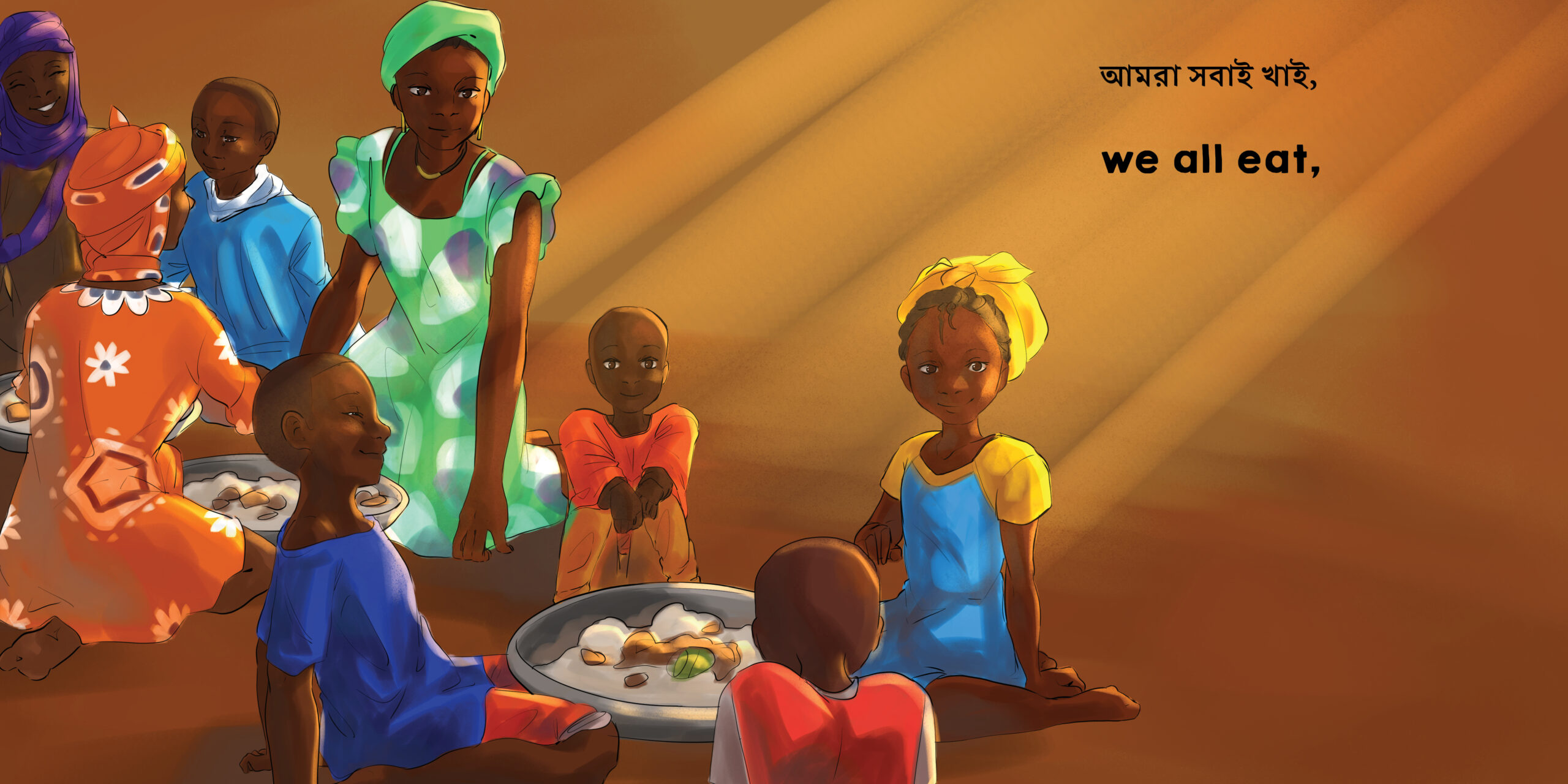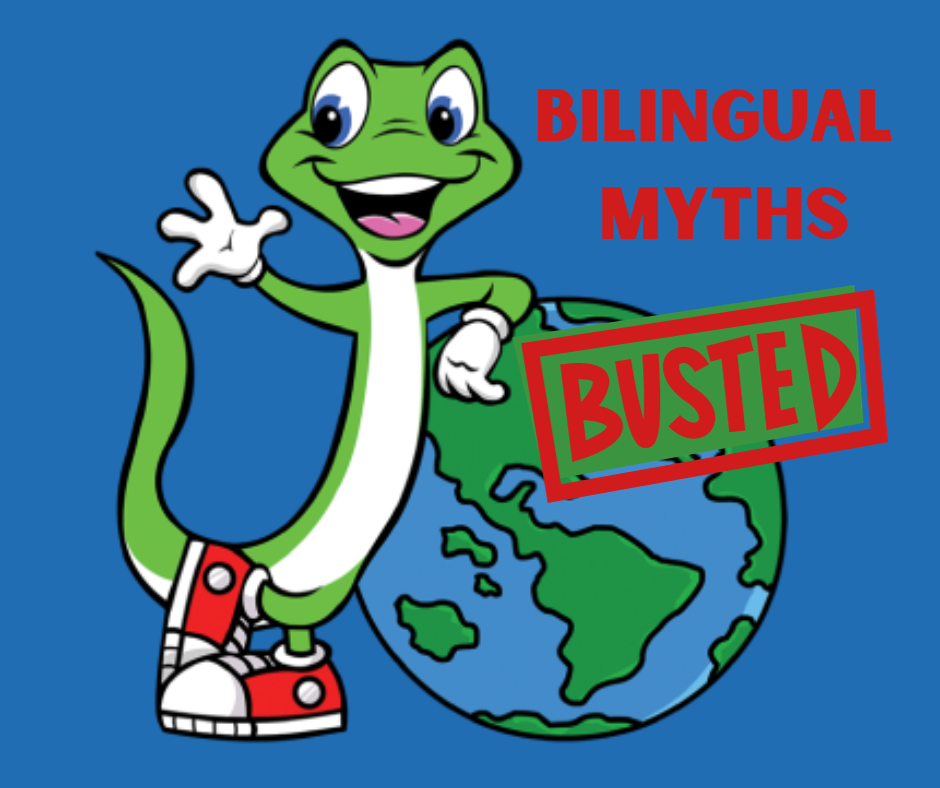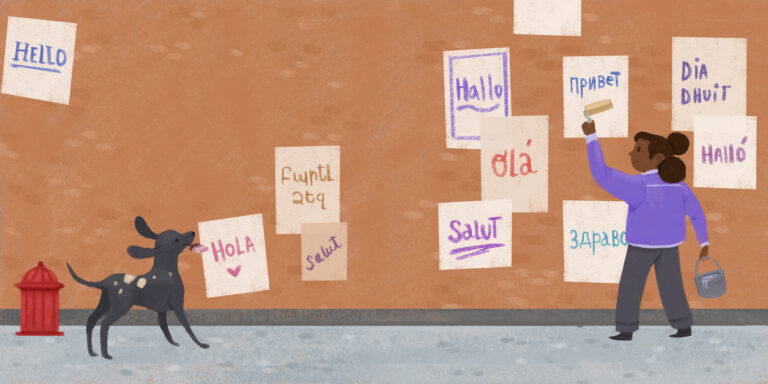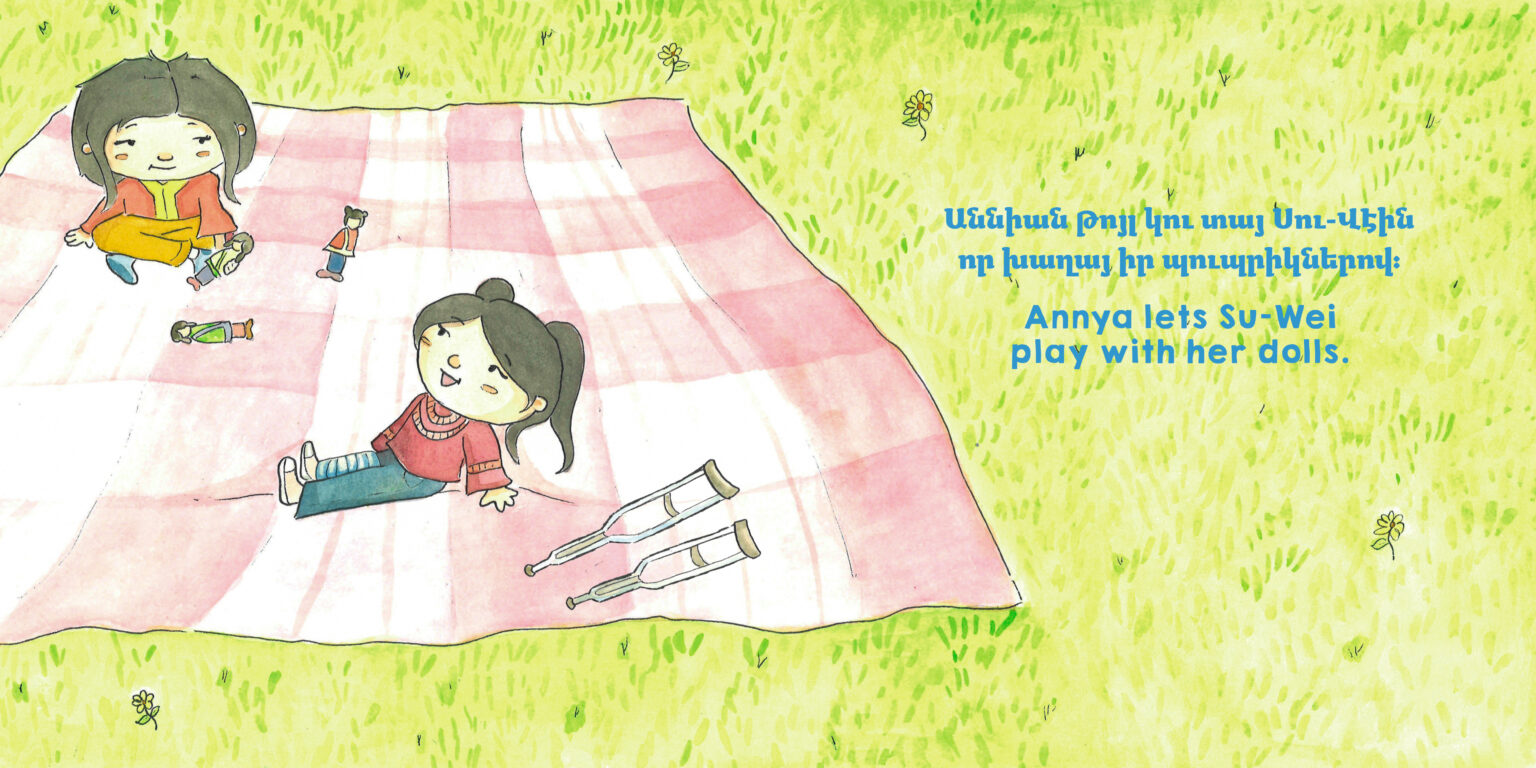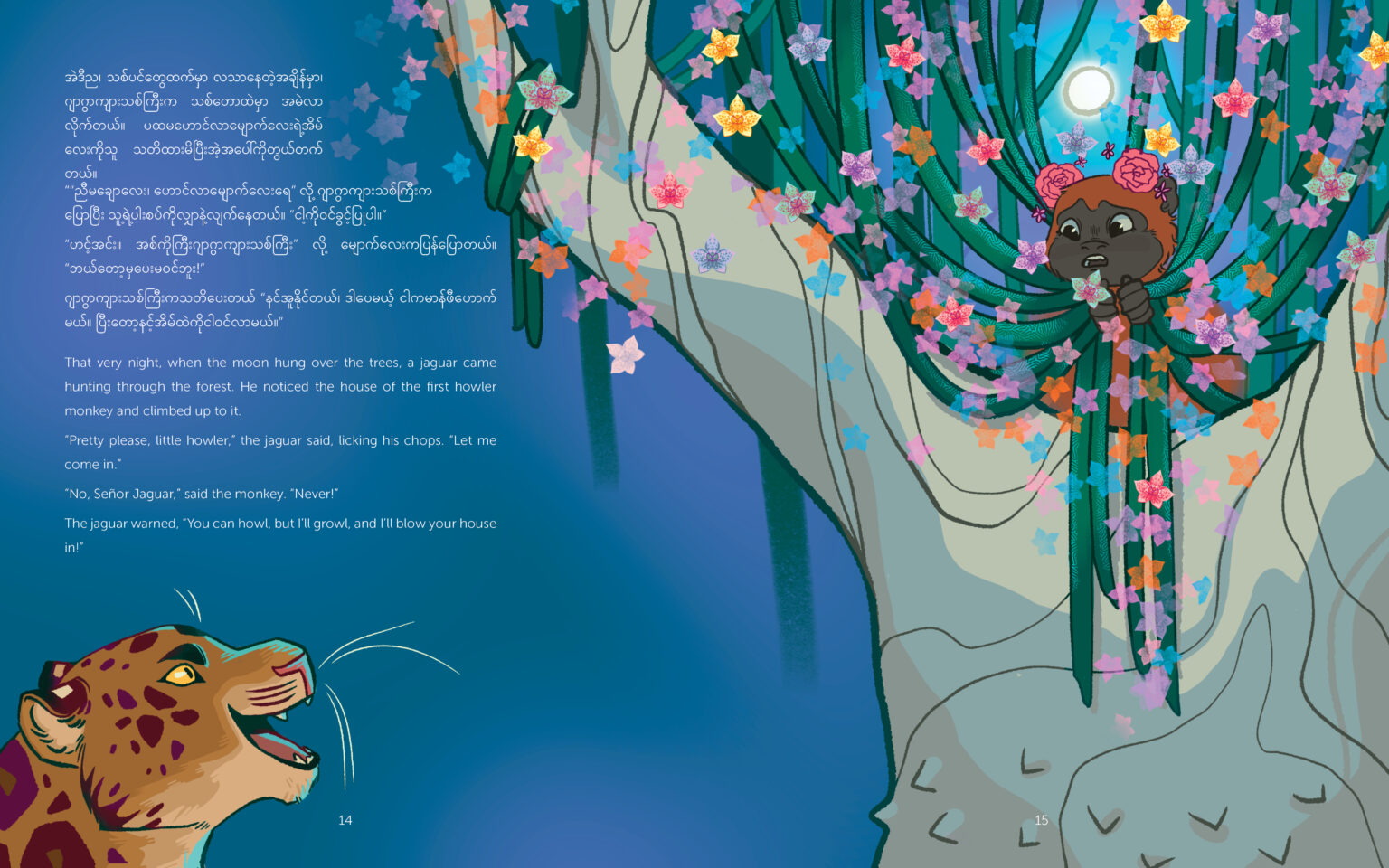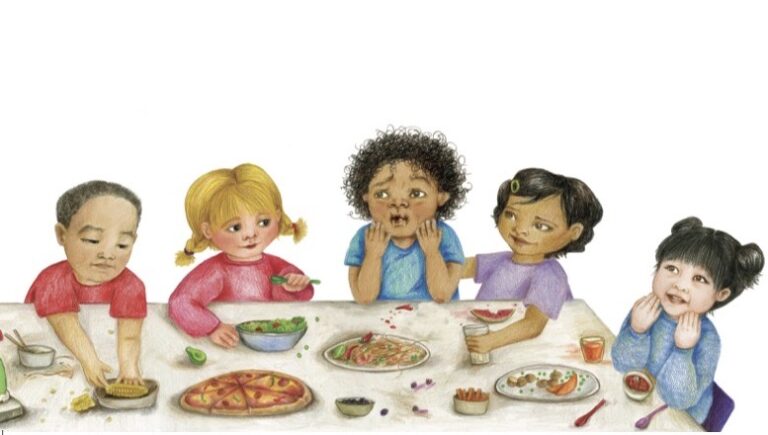Keep boredom at bay and kids reading all summer long with these fun and engaging bilingual book recommendations perfect for this summer's reading themes! .......... CONTINUE READING
At Home,
Classroom,
Dual Language,
ELLs / DLLs,
Families,
Libraries,
Multicultural,
Teacher Resources,
April 24, 2024



